Tag: history
-

Paths on the Map but not on the Ground
This boundary stone on Great Ayton Moor stands on its highest point as though it has nothing better to do than provide a focus to anyone passing by. A glance at the O.S. map shows this top lies on a junction of a Public Bridleway between Gribdale and Hutton, plus two Public Footpaths approaching from…
-
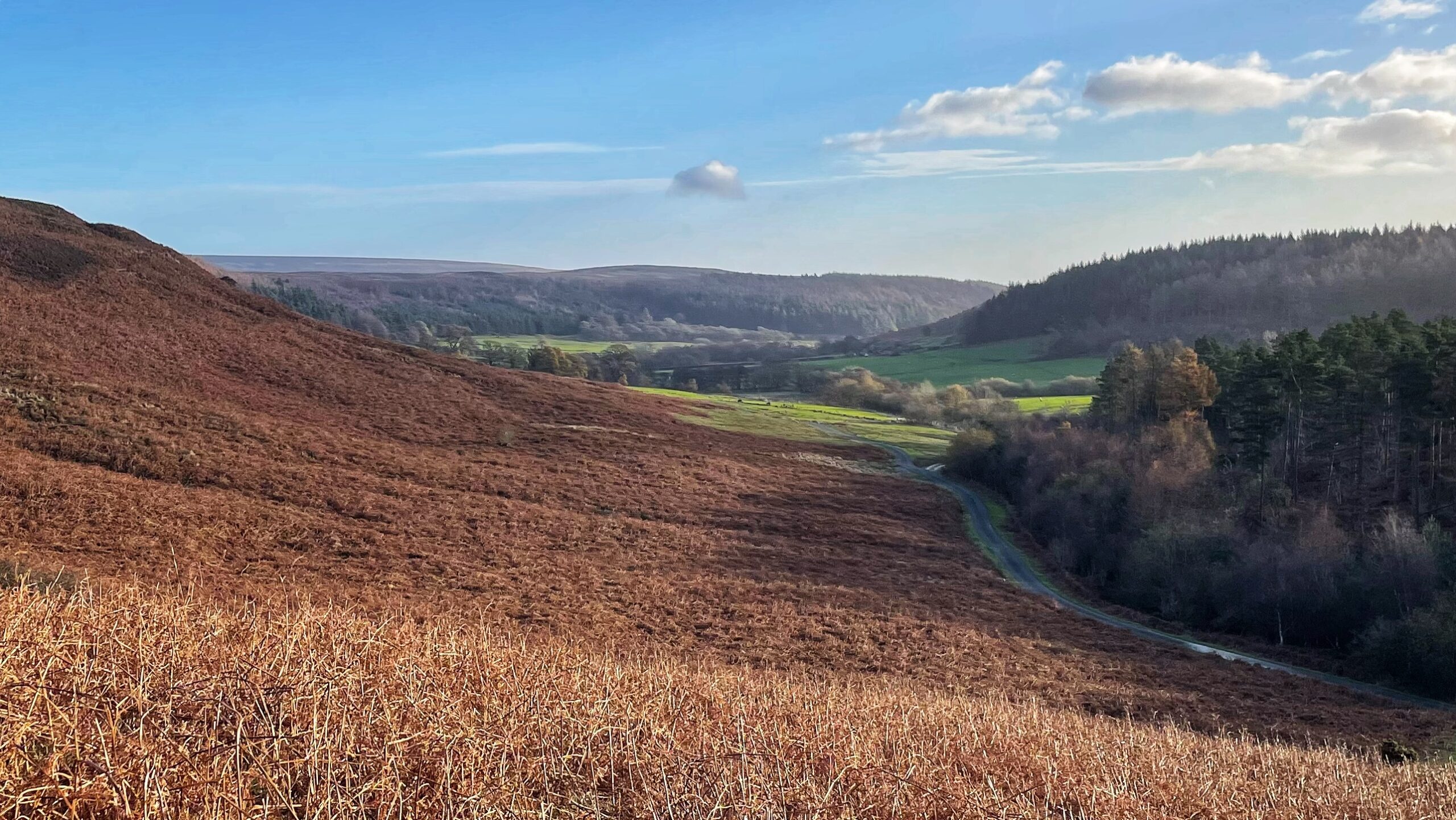
Winter Colour beyond Gribdale Gate
A photograph dominated by bracken in its dry, reddish-brown winter state. From Gribdale Gate, the narrow road winds down beside the beck which marks the parish boundary between Great Ayton and Kildale. In the shadowed south side of the dale, the conifers of Coate Moor plantation rule. This abundance of bracken across the northern slope…
-

The Tofts and the Wandels: Echoes of the Deserted Medieval Village of Danby
One of the most striking features of Danby Dale is its parish church, standing rather alone about three kilometres from the present village. Castleton and Ainthorpe sit a little closer, yet the church remains a solitary figure in the landscape. In the photograph, it can be seen just to the right of centre, north of…
-
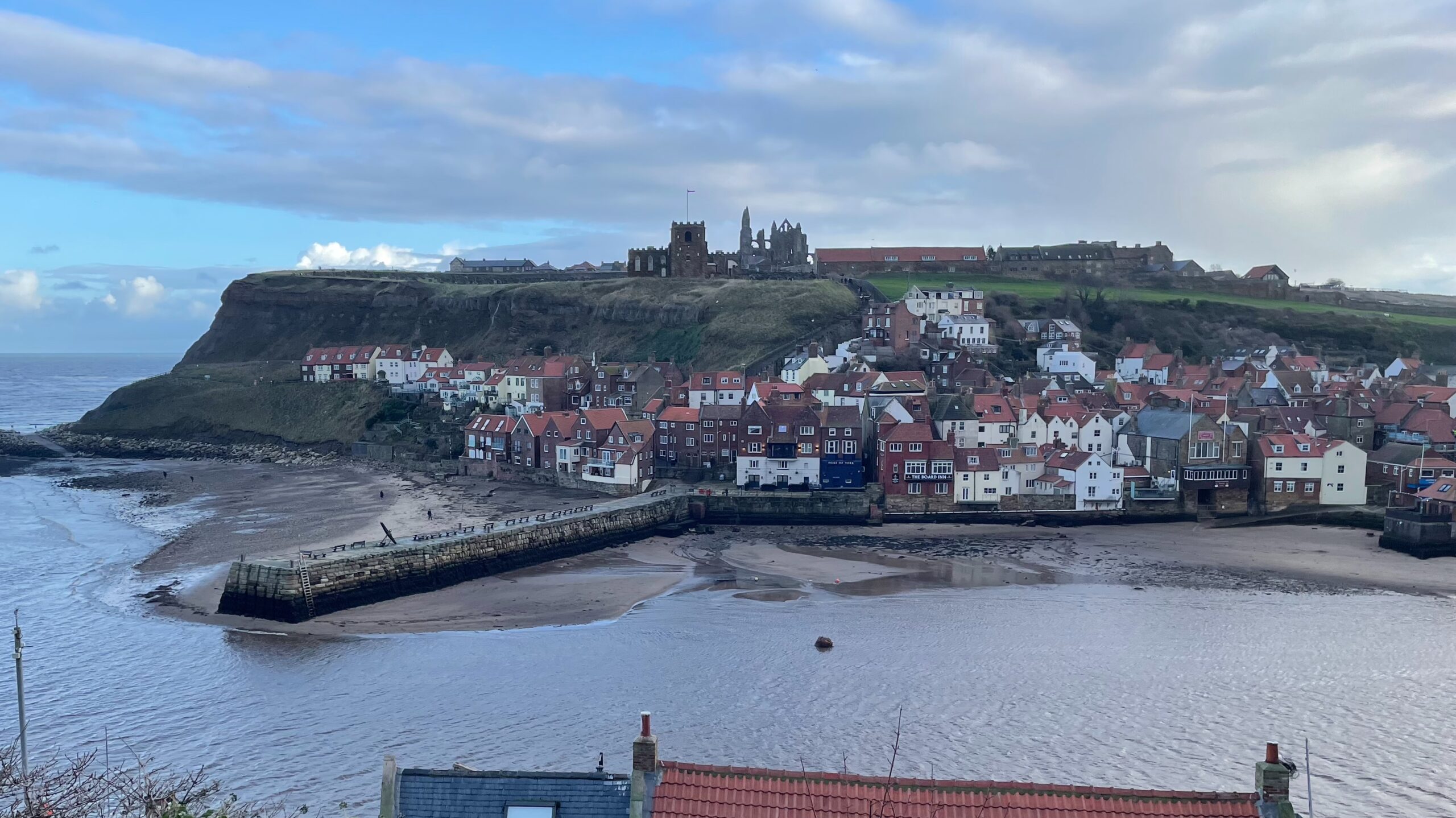
Whitby’s East Cliff
A rare chance to wander through the nooks and crannies of Whitby, where every turn seems to ooze history. This view from the curiously named Kyber Pass looks across the Esk towards the jumble of red-roofed houses that appear to cling for dear life to the crumbling East Cliff. High above them, standing guard against…
-
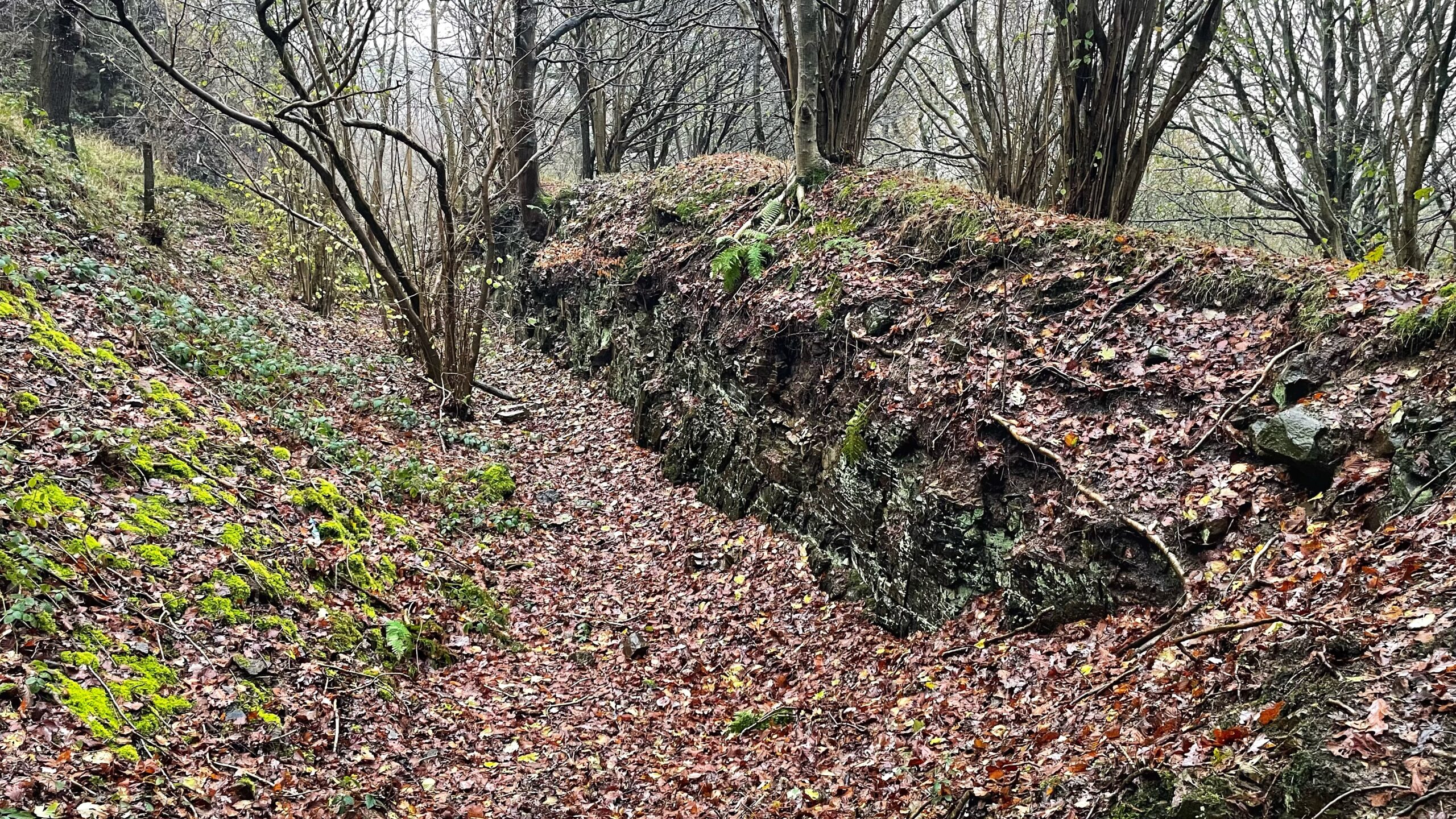
Echoes from the Old Workings beneath Cliff Rigg
In 1894 the Northern Echo carried a grim report of a inquest into a fatality in a whinstone quarry near Nettle Hole, a place that sits a good fifty metres below any workings that make sense on a modern map. My first thought was that the incident must point towards a tunnel beneath Aireyholme Lane,…
-
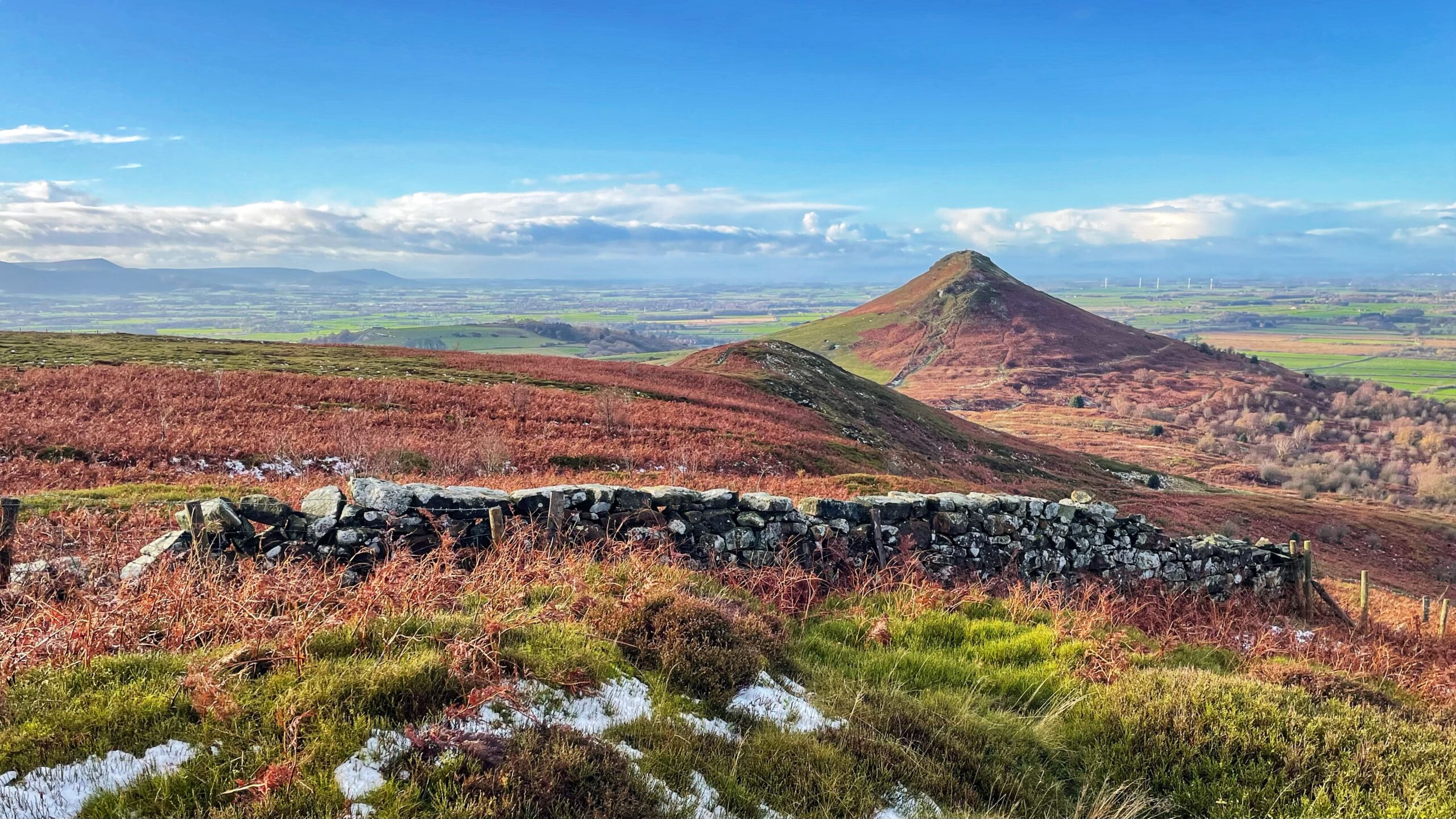
Little Roseberry and an Echo of Old Norse
From this viewpoint on Ryston Bank the knoll of Little Roseberry takes on a presence rather more commanding than its shy appearance on the O.S. Map, where it is denied even a ring contour. If the name Roseberry grew out of “Othenesberg”, the Old Norse for Odin’s Hill, it seems a touch peculiar that its…
-
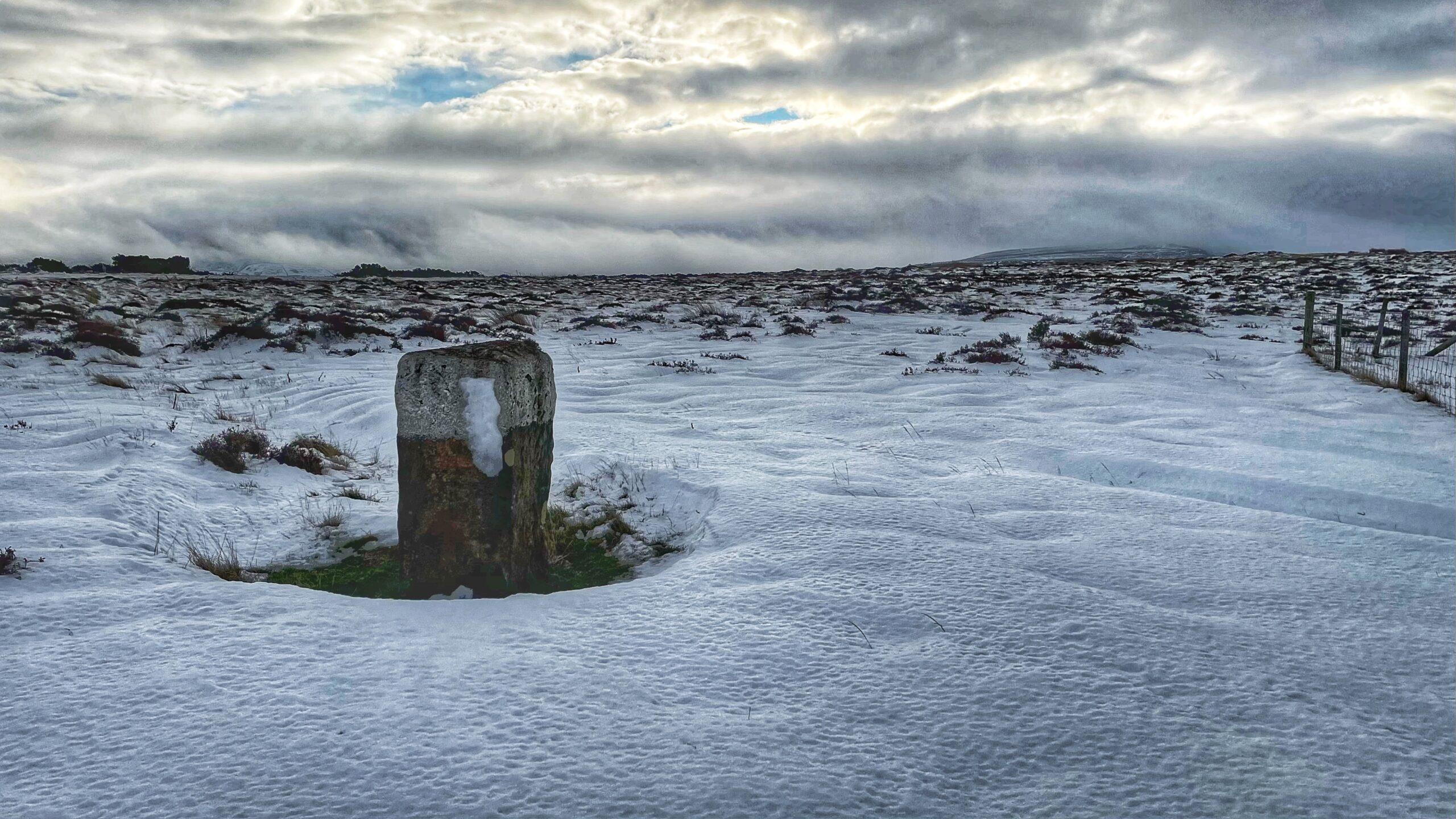
Gallow How: Where Danby Meets Westerdale
On Thursday the first of August 1907, Danby staged its customary ‘Riding the Boundary’, a grand ritual meant to affirm the limits of the Manor, and by extension the Parish, while also paying annual homage to the Lord of the Manor, Hugh Richard, Viscount Downe. The bailiff opened the day with a ringing “Oyez, Oyez,…
-
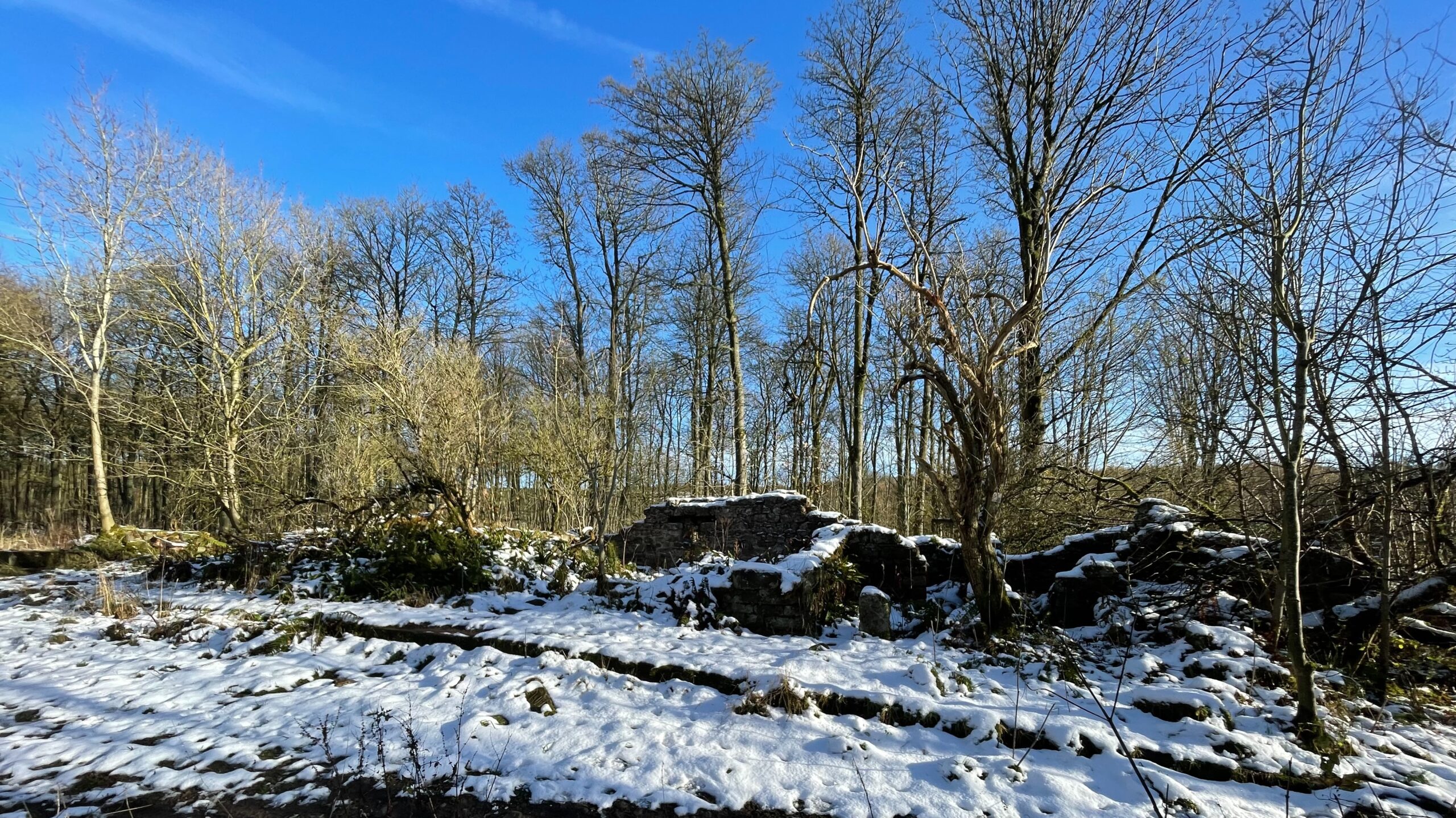
Snow on the Ruins of Cote Garth
The ruined farms hidden beneath the forestry east of Cod Beck Reservoir sit like half-forgotten whispers of a tougher age. Among them, Cote Garth stands out, its broken walls sharp against the last scraps of the recent snowfall, as though the land itself is determined to remind us that someone once fought wind, rain and…
-
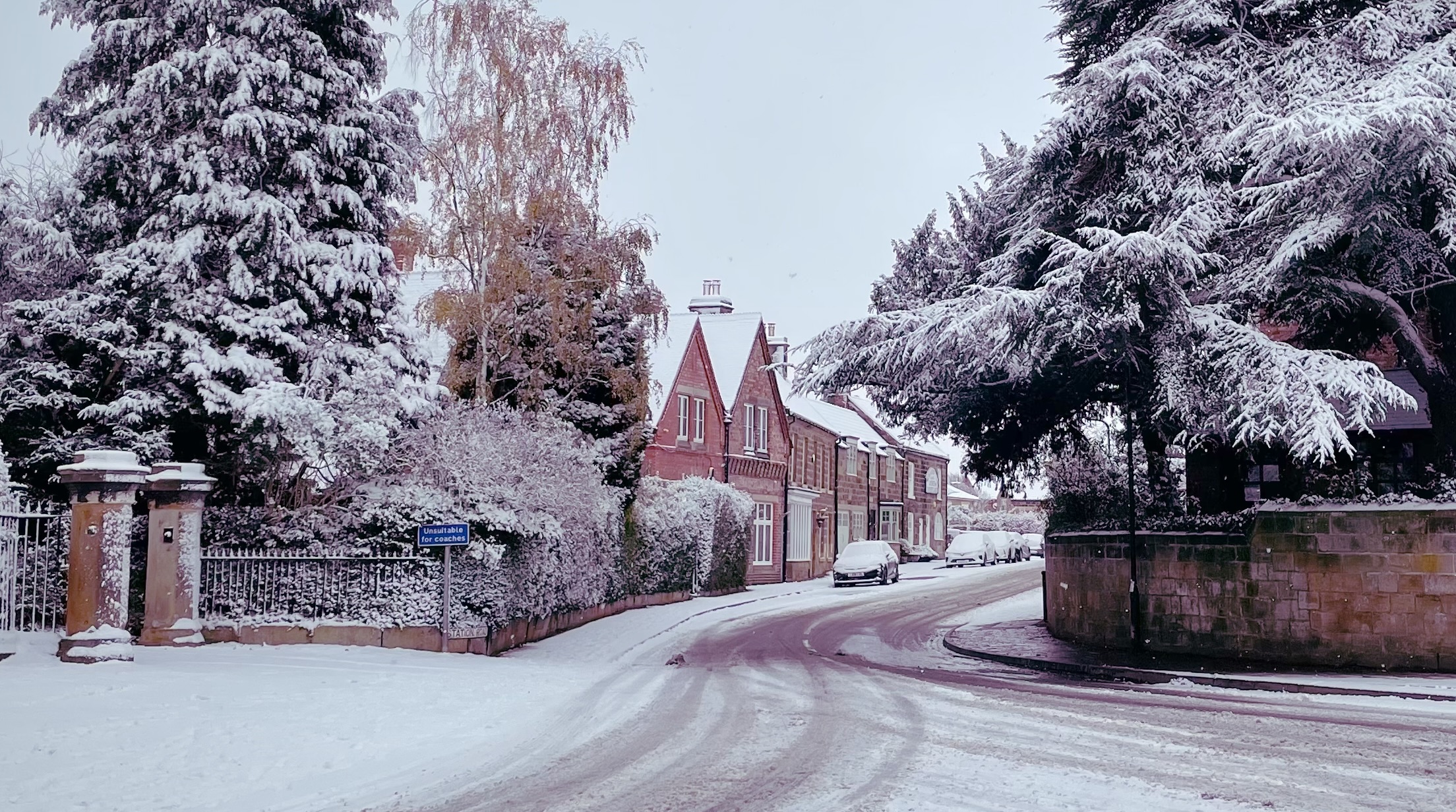
Winter Transforms the Village
Fresh snow arrived over night and dressed the village with the sort of delicate filigree that flatters every scene. Even the drabbest view has been turned into something fit for a gallery. This is Station Road, usually choked with parked cars, this morning quiet and softened so completely that the few vehicles present appear to…
-
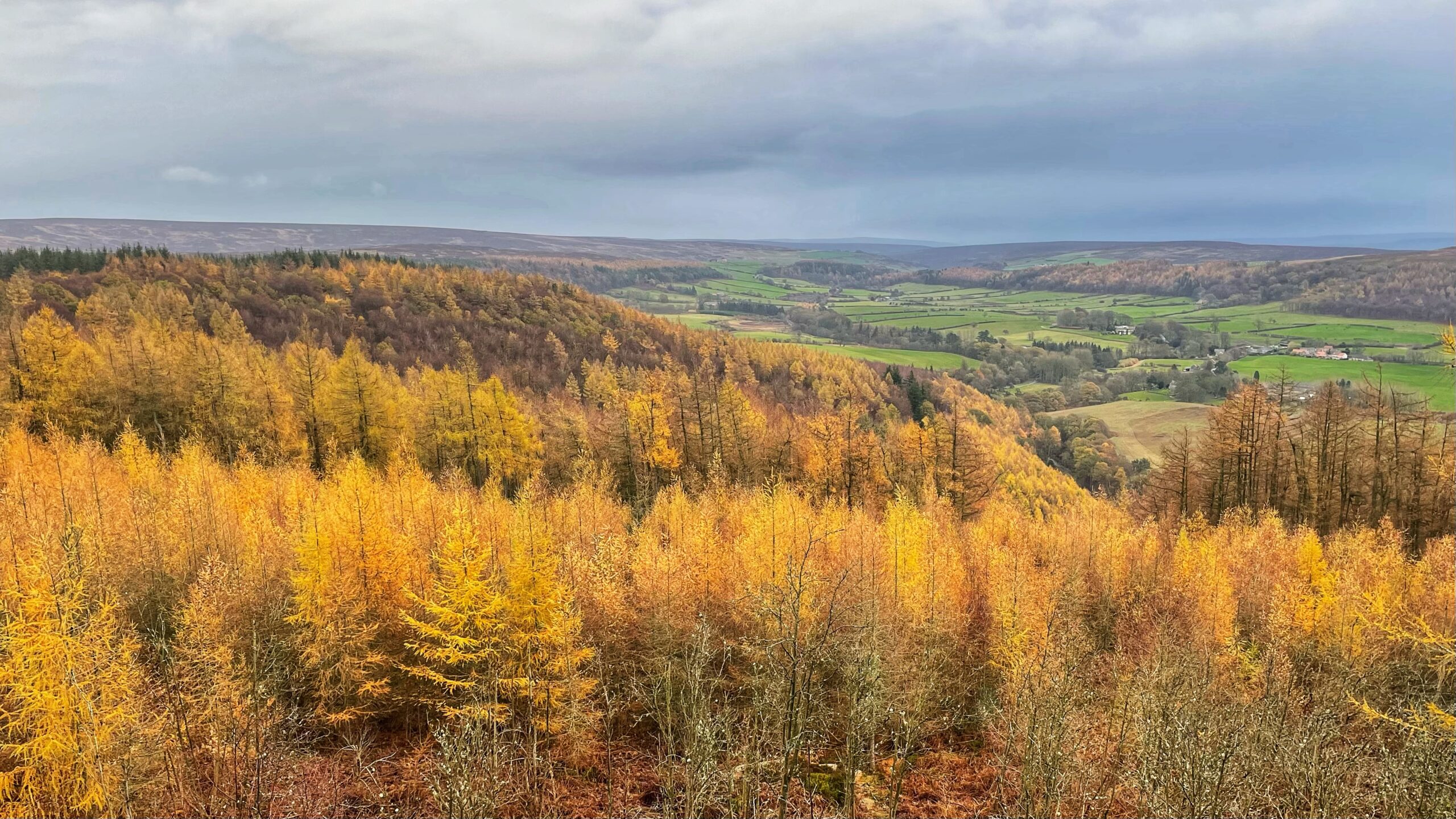
Coate Moor, Larches
A view from the top of Coate Moor towards the head of Kildale, an obsequent valley biting back into the Cleveland escarpment. The glacial upheaval forced the River Leven to scour a narrow gorge through the shales and sandstones below Coate Moor. I have posted about this before. But Kildale has another, somewhat obscure, point…